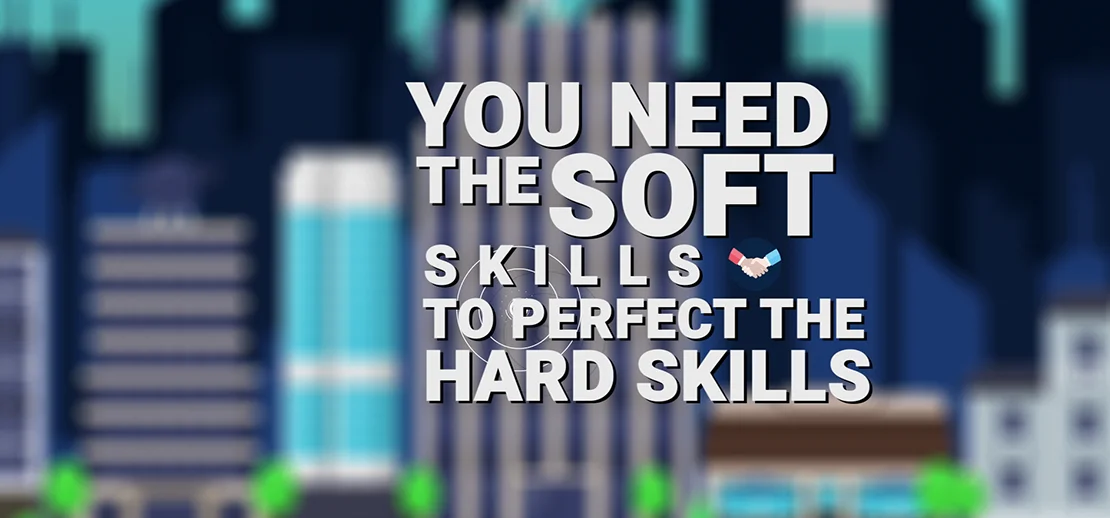
1. What are motion graphics?
A motion graphic is an animation that moves text, logos, or static infographics to life. They add attention grabbing elements, informational slides, and more to video content.
2. What must I provide TWV to work on a motion graphic?
Any assets or information about your brand such as fonts, color palettes, branding guides, company logos, and any specifics you may want to see is a great way to start! We want to make sure what we create integrates into your current and previous marketing strategy and fits your branding.
3. How will motion graphics enhance my videos?
Motion graphics add visual interest to a project. They can convey information not mentioned in dialogue, emphasize a feature of a product and keep the audience engaged. They add an additional element that helps your audience recall specific information.
They simplify information by highlighting key points, breaking down information into digestible chunks, and visually demonstrating step-by-step procedures or product features.
4. What are the benefits of using Motion Graphics and Animation in marketing?
Using Motion Graphics and Animation in marketing offers several benefits. It helps businesses communicate complex ideas or concepts effectively, grabs attention and captures viewer interest, enhances brand identity with visually appealing elements, increases viewer engagement and retention, and allows for creative storytelling and conveying emotions or messages.
Pro Tip: It's important to provide closed captions or transcripts for dialogue, ensure sufficient color contrast for subtitles or text, use descriptive alt tags for images and graphics on the web, and consider providing audio descriptions for visually impaired viewers.
5. What are the differences between 2D and 3D animation?
The main difference between 2D and 3D animation is that 2D animation involves creating movement in a two-dimensional, flat space, while 3D animation adds depth, realism, and the ability to manipulate objects in a three-dimensional environment. 3D animation requires more complex software and techniques but offers more realistic and immersive results.
6. How can Motion Graphics and Animation help businesses explain complex processes or products?
Motion Graphics and Animation can help businesses explain complex processes or products by simplifying information through visual storytelling, using motion to highlight key points, breaking down information into digestible chunks, and visually demonstrating step-by-step procedures or product features.
7. How can Motion Graphics and Animation enhance my course / eLearning experiences?
Motion Graphics can enhance eLearning experiences by making complex concepts easier to understand, creating engaging and interactive visuals, increasing learner retention, and providing a dynamic learning environment that keeps learners motivated and interested.
Animation on the other hand, opens up teaching possibilities as we are no longer limited to the physically possible. No need to film, just animate your video content.
8. Are there any copyright considerations when using pre-existing assets in Motion Graphics and Animation?
Yes, there are copyright considerations when using pre-existing assets in Motion Graphics and Animation. It is important to obtain proper licenses or permissions for any copyrighted materials used, such as music, stock footage, or illustrations. Alternatively, using royalty-free or Creative Commons licensed assets can help avoid copyright infringement issues.
We license everything from the enVato Market (a.k.a. VideoHive.net) and StoryBlocks. Everything is Royalty-Free.